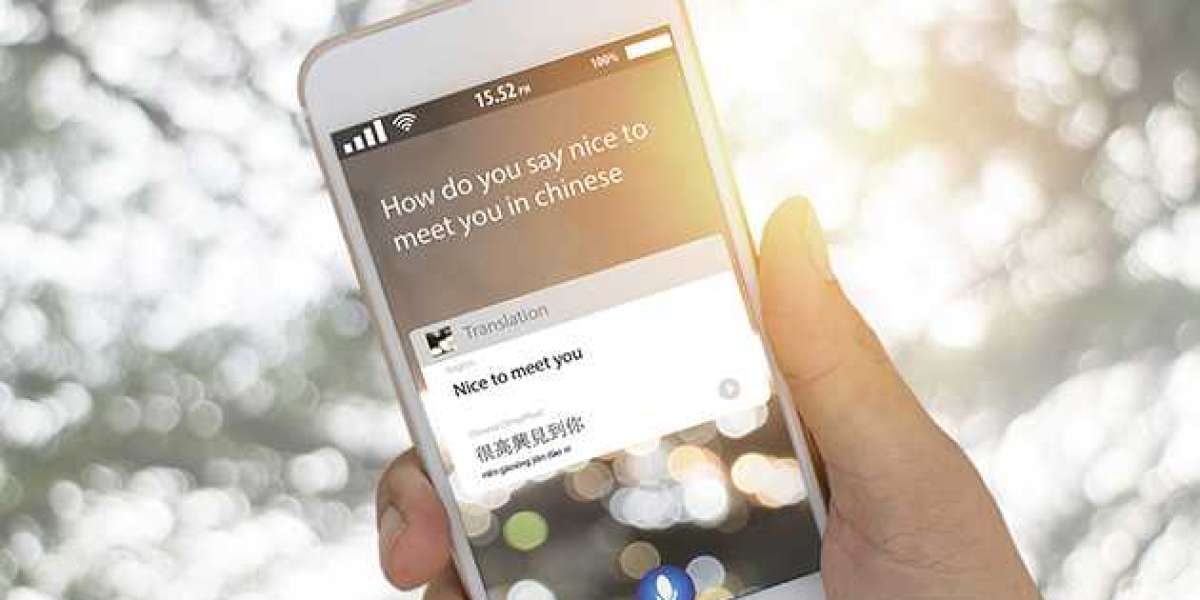While they may seem like a simple and fast solution for translating any form of content, they aren’t as great as they first appear.
That’s because AI-driven language translations have various hidden risks that could negatively affect your content and documents. In this article, we’ll dive into some of these hidden risks and why you should always opt for human-based translations, regardless of your industry.
The Diverse Landscape of Translation
In the past, people only needed a translation to send messages to someone in another language. However, it has developed into a much more diverse landscape over the years. That’s because translation is highly significant across various fields and industries.
Within the business world, translation can help various companies and industries grow. This allows them to promote their brand and offerings to a broader international audience. Similarly, translations can benefit people trying to have their immigration approved, need to provide their medical records to a healthcare institution abroad or provide educational materials to students worldwide.
Risks of AI Translation
So, what are the real reasons why you should avoid using AI-driven document or website translation services? Here are some of the top hidden risks:
Hidden Risk 1: Biased Translations
One of the biggest concerns about AI translation is the high potential for bias. When AI models are designed, they’re trained to take in a large amount of information available on the internet. Unfortunately, not all information online is neutral; some can contain biases and prejudices.
Therefore, these biases can often come out when you put a translation through an AI machine. This could include stereotypes, discrimination, or simply inaccurate information, and the final result might negatively affect your content.
Hidden Risk 2: Loss of Nuance and Creativity
The great thing about human-generated content is that it captures various nuances, from humor to sarcasm. This often resonates well with the audience when you’re making creative content, such as fictional books or TV scripts. However, placing the content through an AI language model for translation might take some of this away.
Since AI cannot think like a human, a translated result might take away many of these creative nuances, destroying much of the content. It removes the goal your content is trying to achieve, making the translation pointless.
Hidden Risk 3: Security Concerns
Much of the content that requires translations includes sensitive information, such as official documents, which means you need something you can trust to conduct your translation. With a human-based translation, you can work with certified experts who sign NDAs, and you may have peace of mind that your information is secure.
However, with AI-driven translation services, how do you know if they are reliable enough to keep your confidential information safe? There’s always a risk that the AI company might misuse your data for personal gains and to help perfect further algorithms.
Hidden Risk 4: Overreliance
The main reason that people and businesses have started turning to AI translation is because they are convenient. However, due to this, there’s a risk that they will start to become over-reliant on these services. This means they won’t try to learn different languages themselves, as they’ll always have a tool by their side to help.
Language is how we communicate with each other, so we need to stay on top of it as much as we can. This includes improving our own language daily, as well as doing what we can to appreciate and learn other languages that make up the different cultures in the world.
Hidden Risk 5: Lack of Accuracy
When you see an app or machine programmed to do a job for you, you immediately assume that it will provide you with 100% accuracy. Therefore, you avoid asking for human help to review your translations and send out the final result without proofreading. But with AI, this could be detrimental to your business or self-image.
This is because AI is not always accurate and can often mistranslate content or include awkward phrases that other cultures don’t understand. This is extremely risky, especially when presenting marketing materials to potential customers or presenting academic work for marking.
Hidden Risk 6: Cultural Sensitivity and Political Correctness
We’ve already mentioned how AI can be biased and produce inaccurate information, which is the same regarding cultural sensitivity and political correctness. This is because AI machines cannot produce human emotions. Therefore, it might produce politically incorrect statements or write sentences that could offend another culture in its translations.
AI tools, whether they’re being used for translation or not, are not evolved enough yet to understand the various cultural nuances of the world. Therefore, if your content directly targets a different culture, it’s always best to use a human translator with experience communicating with that culture.
Hidden Risk 7: Lack of Localization and Personalization
When you put a translation through AI, it works using various algorithms. It then presents you with a robotic result, not allowing you to customize your content like a human translator allows you to. This means you cannot personalize the final result or change the context or tone to match a different location.
For example, you might want to receive a translation from Spanish into UK English, but the AI tool might give you content written in US English. It is only a small difference, but if your target audience is based in England, they won’t be able to resonate and connect with the final result as much.
Hidden Risk 8: Loss of Human Touch
There are many things about human translations that you cannot get from AI-generated translations. When you work with a human, you’re able to talk them through your needs and requirements, going through the whole process with them. You can also request further edits or additions if needed.
While you can ask AI for specific requirements you need to meet, there is a high chance it won't understand it as clearly as a human. The system won’t ask any follow-up questions, and you won’t have a final result that meets your needs as closely as a human translation will.
Choose The Spanish Group for Reliable Translation
The Spanish Group is one of the biggest human-based companies offering quality translation services for all fields and industries. With a commitment to quality and stringent quality checks, we guarantee reliable, nuances, and culturally accurate translations tailored to your needs. Talk to one of our experts and get started with us today.
FAQ’s
How Has AI-driven Translation Technology Impacted the Market?
AI-driven translation technology has significantly disrupted the translation market by offering fast, scalable, and cost-effective solutions but also raising concerns about quality, accuracy, and the future role of human translators.
Can AI Translation Tools Handle High-Stakes Situations, such as Medical Translations?
AI translation tools can assist in medical translations by providing basic assistance, but due to the critical nature of medical information and the need for precision, human expertise is crucial to ensure accuracy and avoid potential errors or misunderstandings.
Is Data Privacy a Primary Concern When Using AI Translation Services?
Yes, data privacy is a significant concern when using AI translation services due to the potential exposure of sensitive or confidential information to third-party platforms or potential security vulnerabilities.
Is It Cost-Effective To Use AI Translation Tools Despite Their Limitations?
AI translation tools can be cost-effective for certain tasks but may require additional human oversight to ensure accuracy and quality, impacting overall cost-effectiveness.
What Expertise and Experience Does The Spanish Group Offer in Providing Accurate Translations?
The Spanish Group specializes in accurate translations by employing native-speaking professionals with subject-specific expertise and a stringent quality control process.
sources blog:- https://thespanishgroup.org/blog/the-hidden-risks-in-ai-driven-language-translations/











